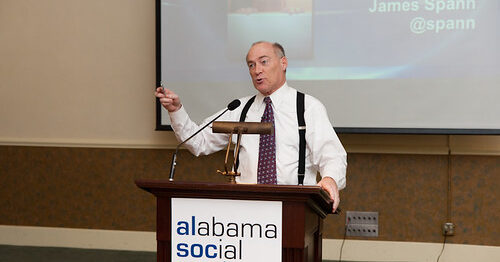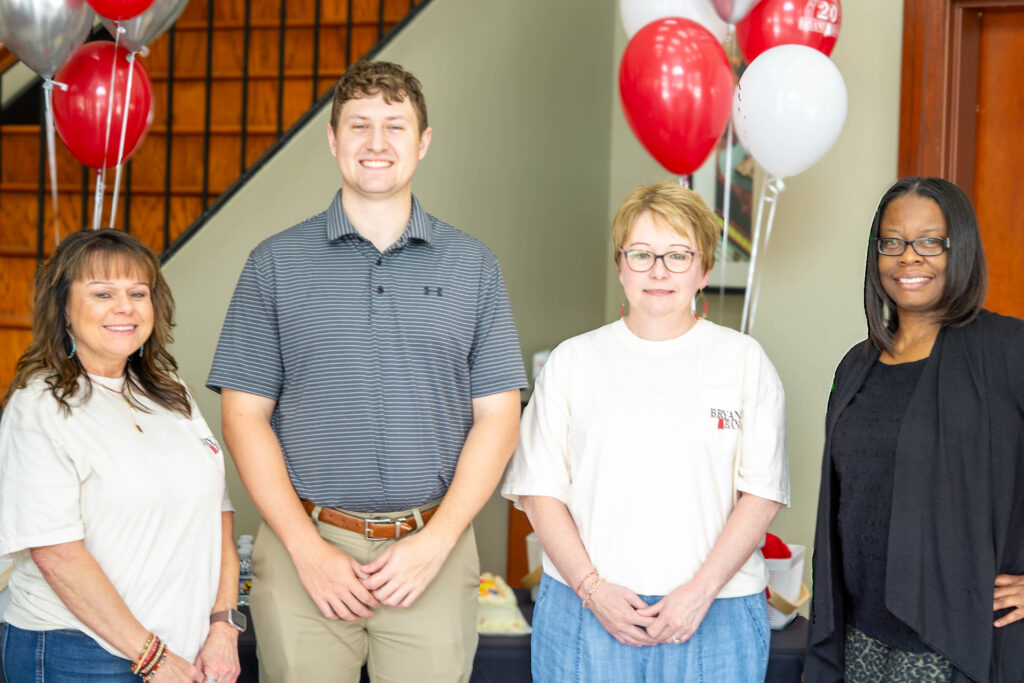Satellite launched into space by the University of South Alabama
Reading time: 4 minutes

Did you know a satellite was just launched into space that was made right here in Alabama? Students and faculty from the University of South Alabama designed and built a satellite, JagSat-1, during six years of hard work. Keep reading to learn all the details.
Origins of the project

Years ago, when Dr. Edmund Spencer joined the USA faculty, his field of research was an area of astronomy loosely referred to as “space weather,” or the measurements one can find in the free electron density in space. He had just developed a new method of measuring free electron density that was far more accurate than more traditional methods and wanted to find a way to implement it on a satellite. Then, with the aid of his colleague Dr. Samuel Russ, they began to receive funding from NASA’s Undergraduate Student Instrument Program to finally build a satellite capable of performing these measurements.
The Undergraduate Student Instrument Program

NASA’s Undergraduate Student Instrument Program is a grant universities can apply for to help secure funding to build satellites and similar space-faring devices. The purpose of the program is to teach undergraduate students the necessary skills to eventually become engineers and designers of satellites in places such as NASA or even the private sector. Indeed, Dr. Russ notes that many of the former students who helped in the creation of JagSat-1 have gone on to have careers in satellite design.
“It’s been a good a good training ground for our students who’ve got exposure to real engineering to what really goes on to make a complete satellite.”
Dr. Samuel Russ, Associate Professor, University of South Alabama
Project delays
For six years, people working on the project had to deal with everything from communication relays to circuit boards and solar panels. Then, when everything was ready, and the satellite was ready to launch, one final problem was dropped on the team, they had no way to receive information from the satellite.

Initially, it was planned that the satellite would transmit data to a ground station at the University of Colorado, but the team was abruptly informed by NASA that the information would need to be transmitted directly to the university instead. The team has begun scrambling to build a ground control center on the University of South Alabama’s campus, and it should be ready before JagSat-1 officially enters into orbit.
“We’re going to put the ground station here and that’ll be really good for us too because the ground station is something that other satellites will also be able to use. It’ll help us kind of be a responsible member of the space community let us give something back.”
Dr. Samuel Russ, Associate Professor, University of South Alabama
Launch
On July 14, after six long years of hard work, the JagSat-1 was launched onto space aboard a Space-X rocket in Cape Canaveral, Florida. The launch was viewed over zoom by Dr. Spencer, Dr. Russ, many current and former students and the investors of the project. The group celebrated with pizza as they watched the fruit of their labors finally begin its journey into space.
Future of the project

Beginning on August 8, the satellite should begin to transmit data to Earth and it is estimated to continue doing so for around two years as JagSat-1’s orbit eventually decays and burns up in the atmosphere. Dr. Spencer and Dr. Russ are incredibly proud of their accomplishment and have already begun to draw up plans for JagSat-2.
Are you as crazy as we are about space? Give us a blast-off @BamaBuzz!







